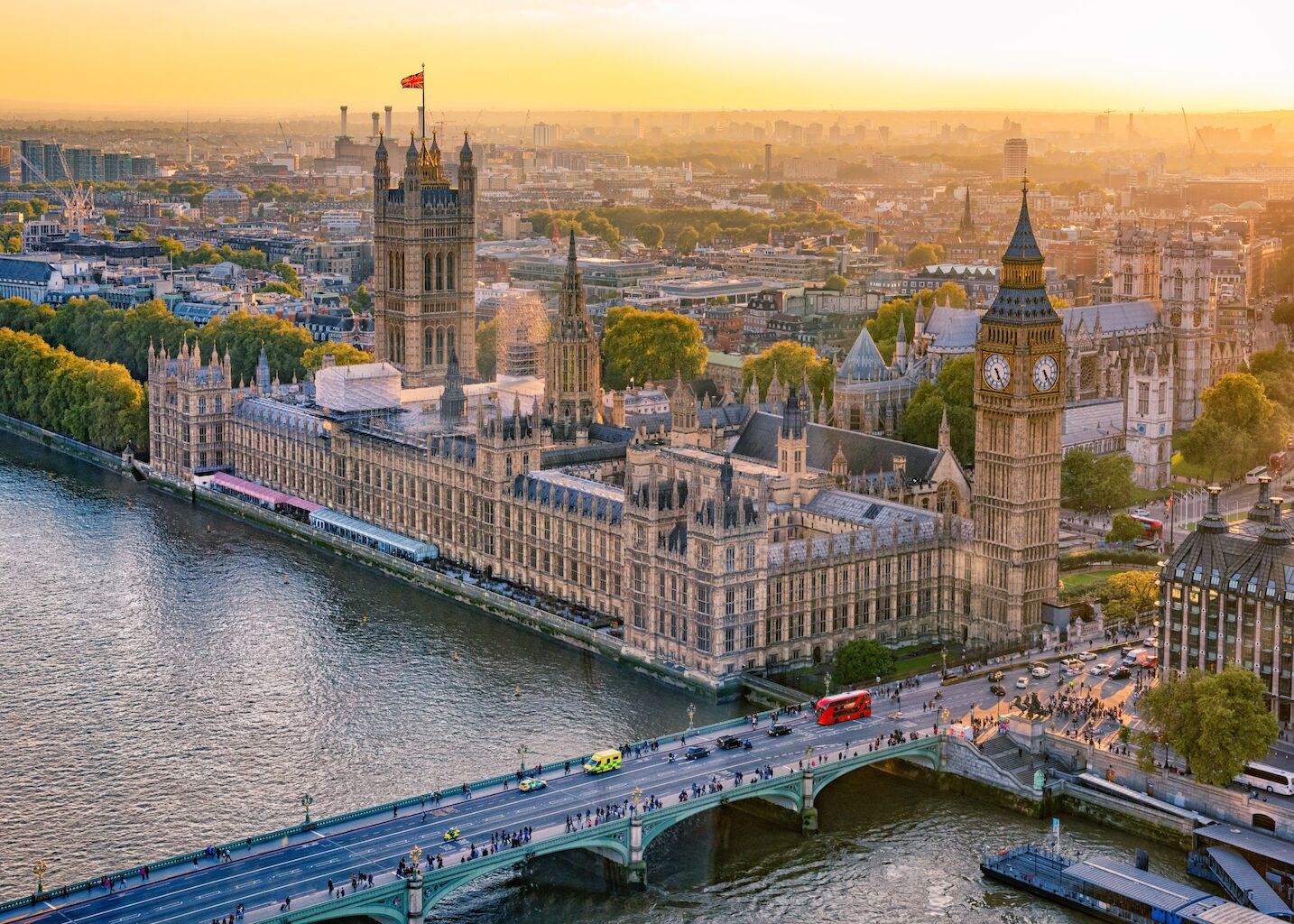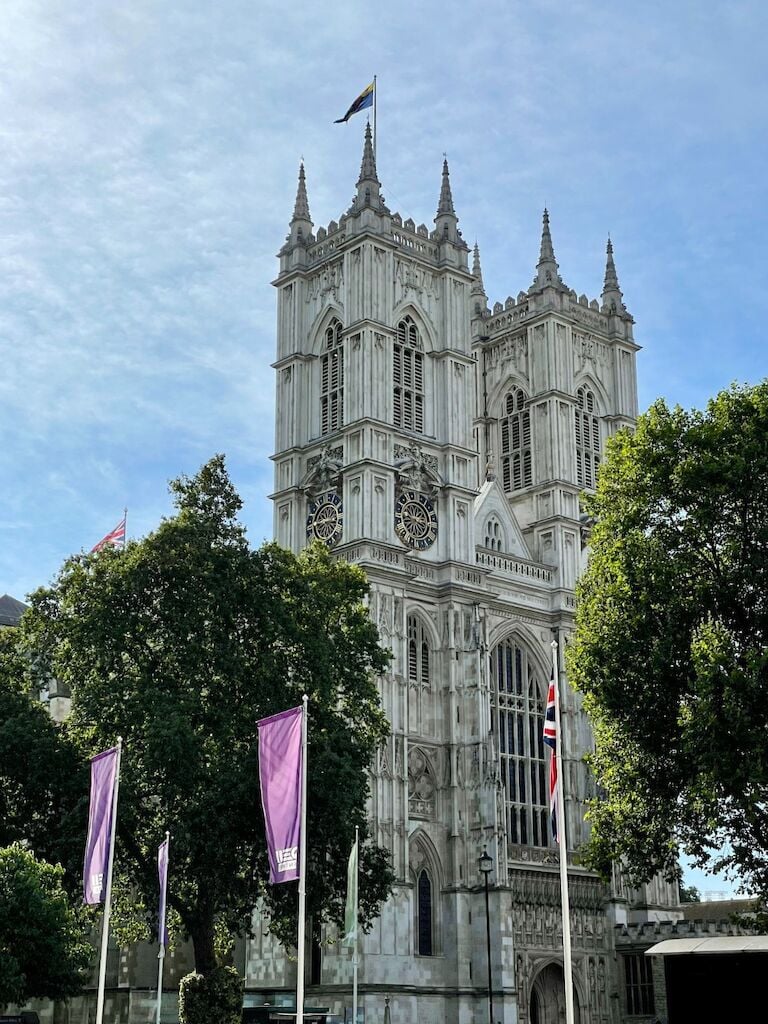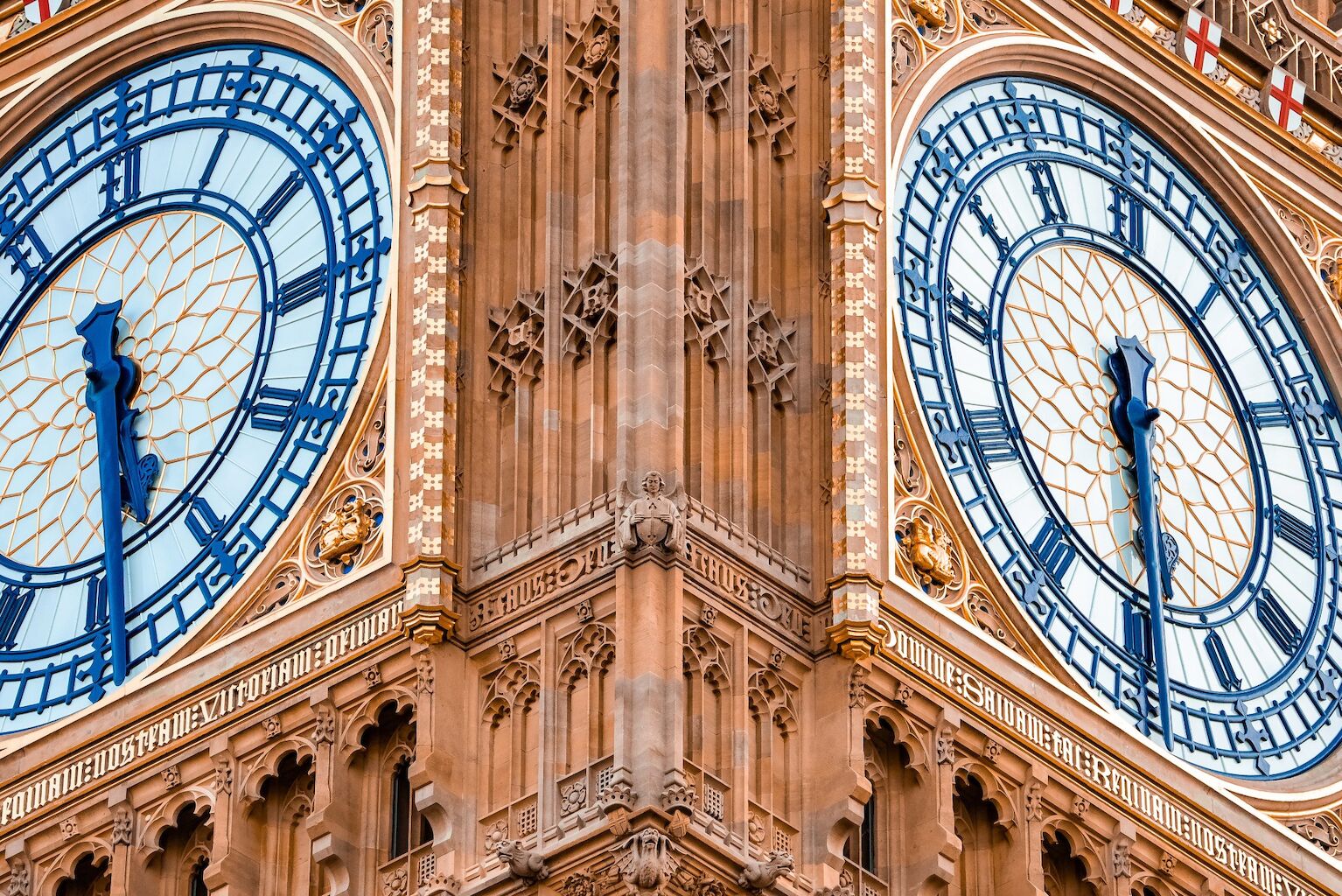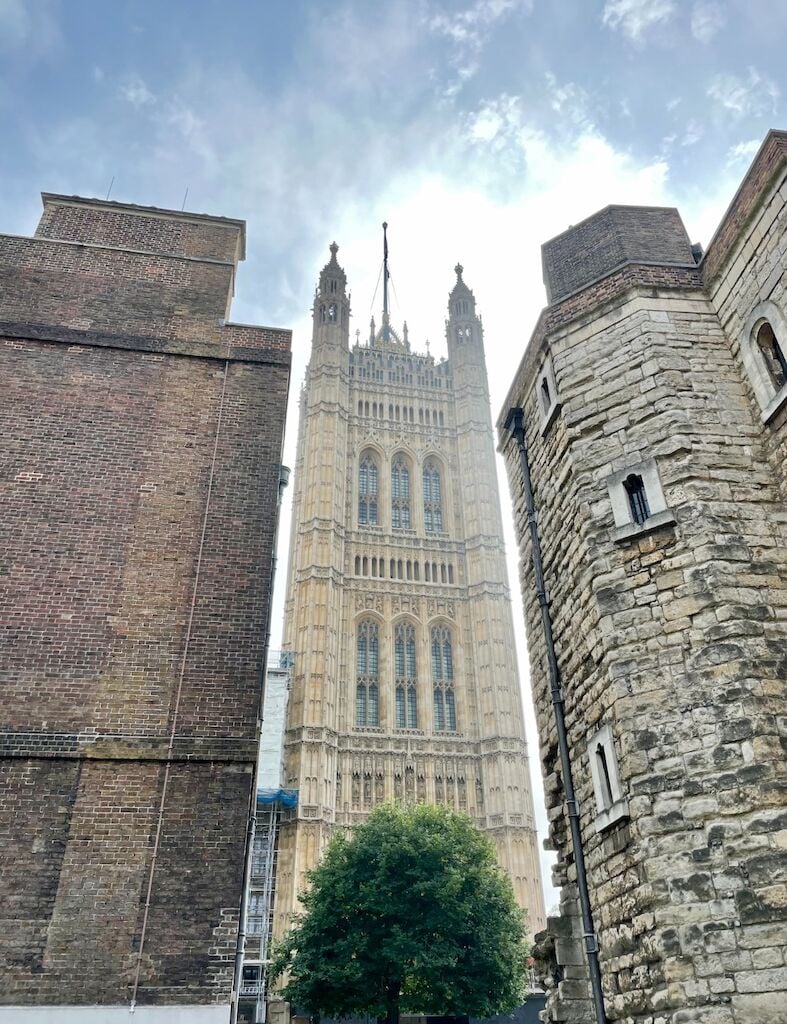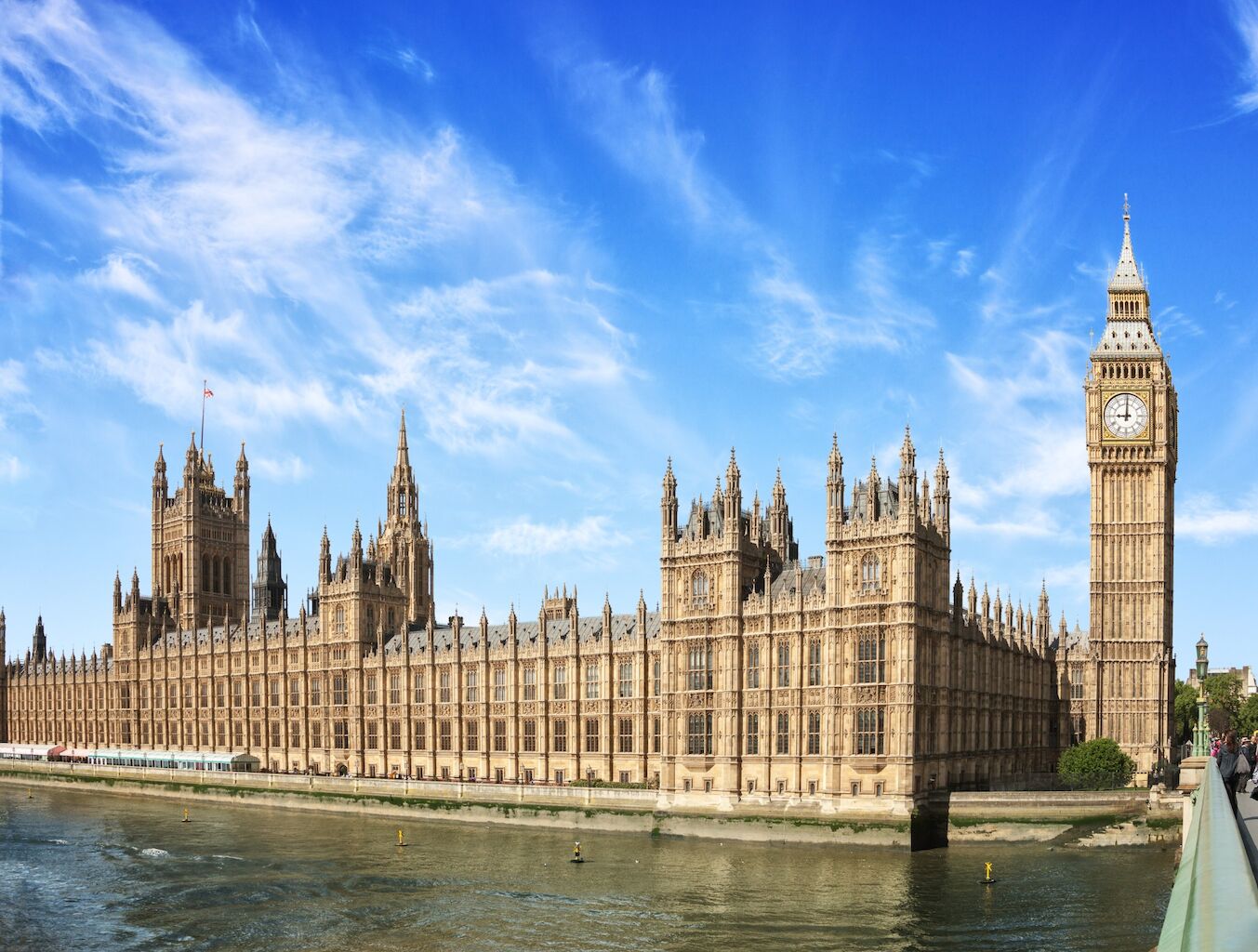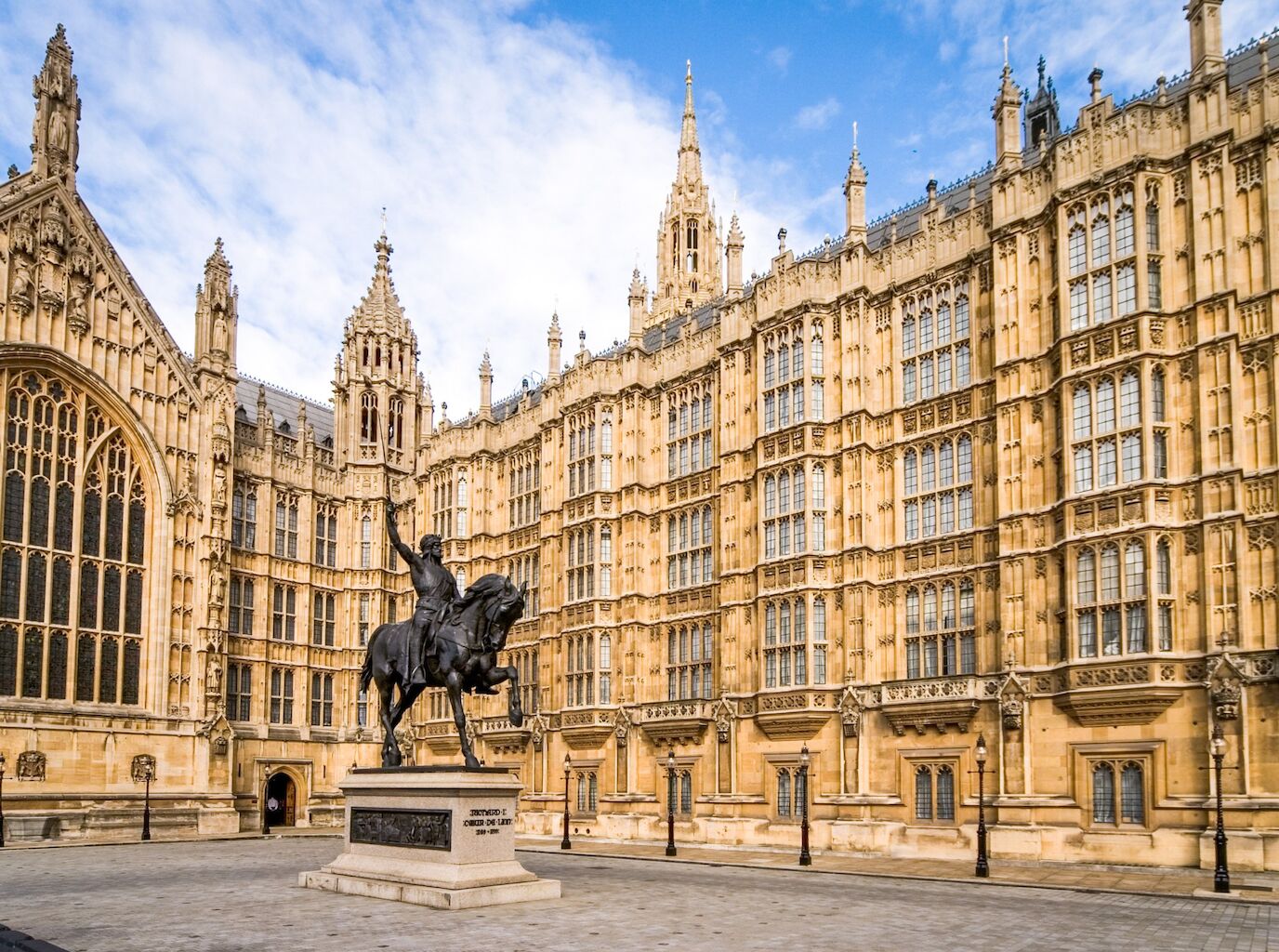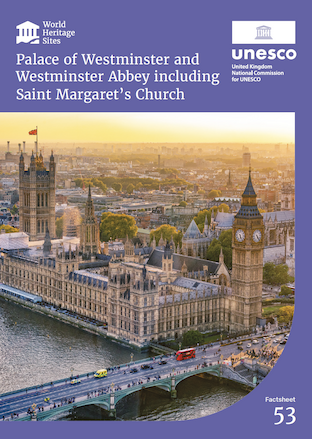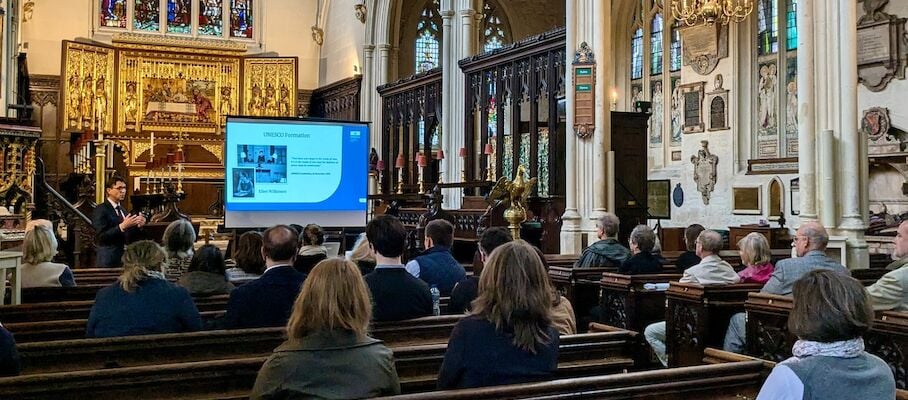Palace of Westminster and Westminster Abbey including Saint Margaret's Church
Ever since Edward the Confessor constructed his palace and church here in the 11th century AD, the Palace of Westminster and Westminster Abbey have been one of the ultimate symbols of monarchy, religion and power. The stunning neo-Gothic Westminster Palace, rebuilt in 1840, represents the culmination of a journey from a feudal society to a modern democracy. And of course, the Palace of Westminster is not just a site you see; you hear it too in the internationally recognisable sound of “Big Ben”.
What makes this UNESCO Designation special?
The Palace of Westminster, Westminster Abbey and St Margaret’s Church lie next to the River Thames in the heart of London. With their intricate silhouettes, they have symbolised monarchy, religion and power since Edward the Confessor built his palace and church on Thorney Island in the 11th century AD. Changing through the centuries together, they represent the journey from a feudal society to a modern democracy and show the intertwined history of church, monarchy and state.
The Palace of Westminster, Westminster Abbey and St Margaret’s Church continue in their original functions and play a pivotal role in society and government.
The Palace of Westminster continues to be the seat of UK Parliament. Its iconic silhouette is an intrinsic part of its identity, which is recognised internationally with the sound of “Big Ben” being broadcast regularly around the world. The Palace is one of the most significant monuments of neo-Gothic architecture, whilst Westminster Hall is one of the greatest achievements of medieval construction in wood.
The Abbey, a place of worship for ovr 1,000 years, is where monarchs are crowned, married and buried. It is also a focus for national memorials of those who have served their country, whether prominent individuals or representatives, such as the tomb of the Unknown Warrior.
Put simply, Westminster is a place in which some of the greatest historical events of the British Isles have taken place.

